The temple of Dakka: this temple is dated from the 3rd century B.C. and dedicated to the god Thoth. 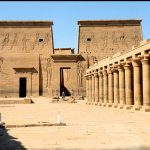 Small temple, where only one chapel remains, was built by a king of Ethiopia.
Small temple, where only one chapel remains, was built by a king of Ethiopia.
The temple of Maharraqqa: it is the smallest temples saved from the waters. Built under the Roman 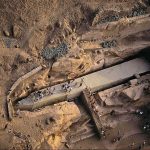 era, the temple is dedicated to the gods’ lsis and Serapis, famous gods principally in Alexandria.
era, the temple is dedicated to the gods’ lsis and Serapis, famous gods principally in Alexandria.
Inside the temple, you can admire a spiral staircase to access the roof.
Amada: The temple of Amada is one of the oldest in Nubia. Begins with Thutmose the 3rd and  completed under Amenhotep the 2nd.
completed under Amenhotep the 2nd.
In contrary the “saved” temples of the waters, it was moved in one block.
Kasr lbrim: remains of a fortress, it is the only monument not to have been moved.
From Pharaonic Egyptians to Mamluks (1812), it served as a base for the different military garrisons. Egyptian temples, Coptic churches, mosques and necropolises are inside this fortified city.
Abu Simbel: located 270 km south of Aswan, Abu Simbel, is the most impressive Pierre wills left by
Ramses the 2nd. Thanks to the rescue by UNESCO, the two temples dug into the rock were transported 210 meters from their original location and 65 meters higher. The four colossal statues from a height of 20 meters, placed at the entrance of the Great Temple, are carved directly into the mountain.
The Little Temple or Temple of Hathor, also built by Ramses the 2nd for his wife Nefertari.
Wadi El Sehoua (Valley of the Lions): This temple, built under Ramses the 2nd, is dedicated to the 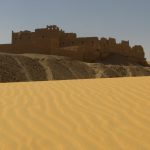 God Amon and Horus-Horakhty. The name of this temple comes from the alley of the ten sphinxes leading to the entrance. Under the Christian era, the temple served as a church and some bas-reliefs were covered with plaster and repainted in the face of Saints.
God Amon and Horus-Horakhty. The name of this temple comes from the alley of the ten sphinxes leading to the entrance. Under the Christian era, the temple served as a church and some bas-reliefs were covered with plaster and repainted in the face of Saints.
The temple of Derr: built by Ramses the 2nd, this temple is dedicated to Amen-Re.
The reliefs of the walls deal primarily with a campaign of the pharaoh in Nubia against his enemies the Syrians.
The tomb of Peinout: this small tomb belonged
to a senior official, chief administrator under the reign of Ramses the 6th.The main theme of the tomb is the daily lifeand activities of the deceased.
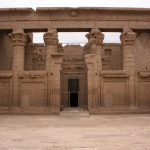



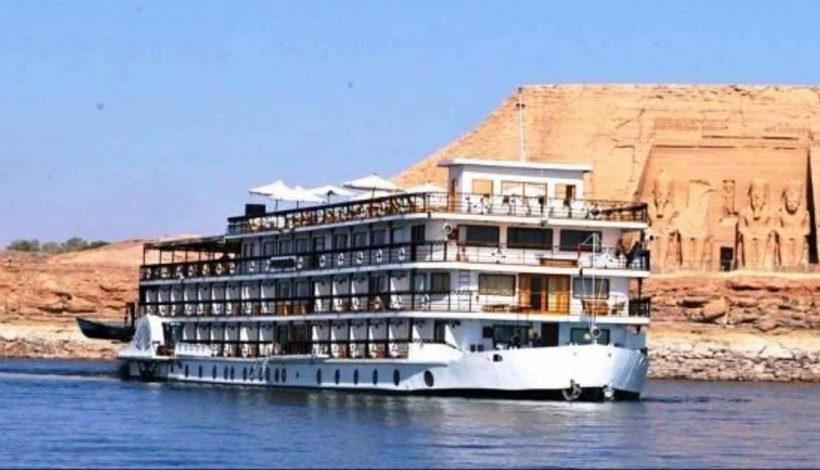
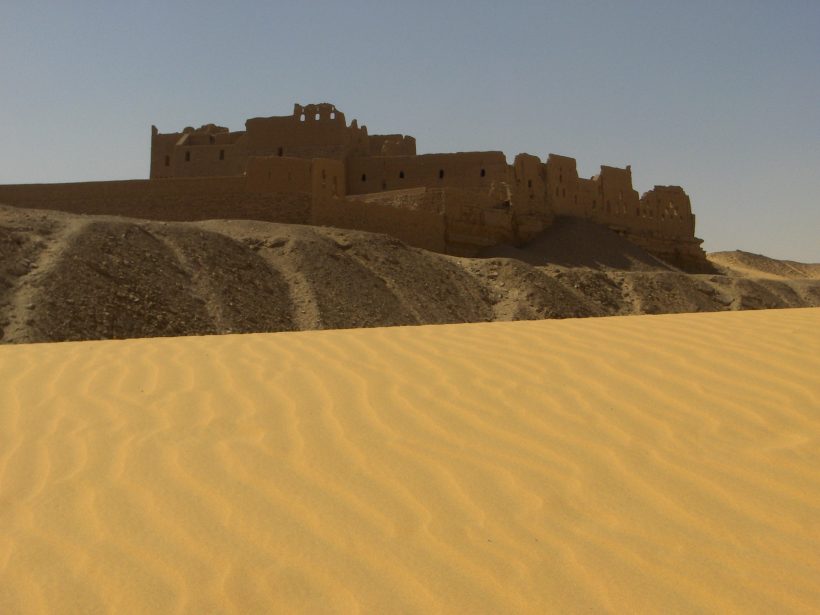
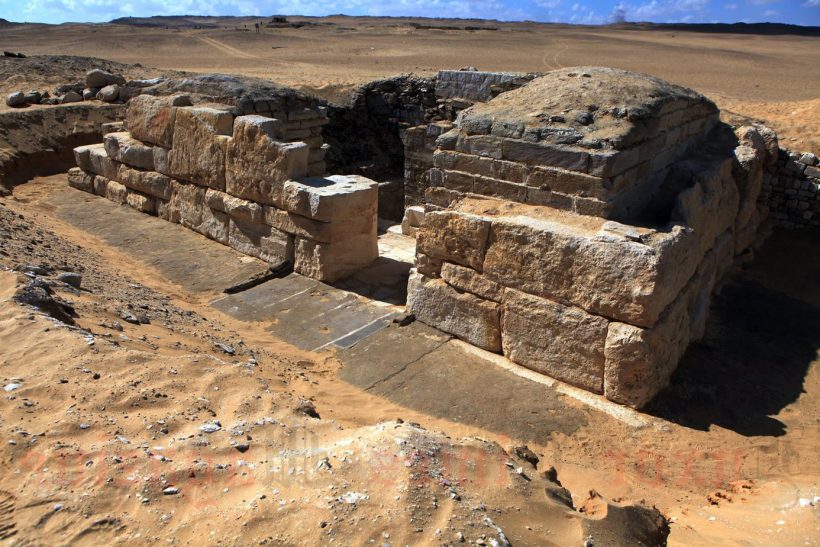
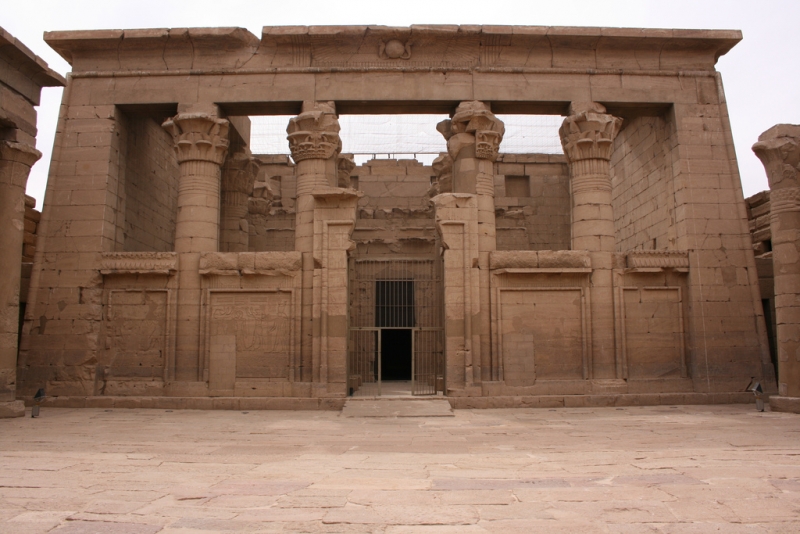
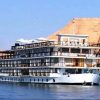

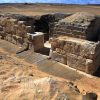
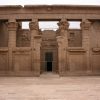
 style. Erected in cruciform form, it served at the Christian church era. The interest of this temple is the bas-reliefs finely engraved in the sandstone.
style. Erected in cruciform form, it served at the Christian church era. The interest of this temple is the bas-reliefs finely engraved in the sandstone.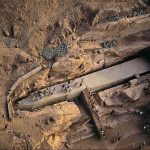 Kalabsha was also “saved” from the waters. The temple is dedicated to “Mandoulis”, the Nubian Horus.
Kalabsha was also “saved” from the waters. The temple is dedicated to “Mandoulis”, the Nubian Horus. located in the temple of Philae.
located in the temple of Philae. Small temple, where only one chapel remains, was built by a king of Ethiopia.
Small temple, where only one chapel remains, was built by a king of Ethiopia. era, the temple is dedicated to the gods’ lsis and Serapis, famous gods principally in Alexandria.
era, the temple is dedicated to the gods’ lsis and Serapis, famous gods principally in Alexandria. completed under Amenhotep the 2nd.
completed under Amenhotep the 2nd. God Amon and Horus-Horakhty. The name of this temple comes from the alley of the ten sphinxes leading to the entrance. Under the Christian era, the temple served as a church and some bas-reliefs were covered with plaster and repainted in the face of Saints.
God Amon and Horus-Horakhty. The name of this temple comes from the alley of the ten sphinxes leading to the entrance. Under the Christian era, the temple served as a church and some bas-reliefs were covered with plaster and repainted in the face of Saints.










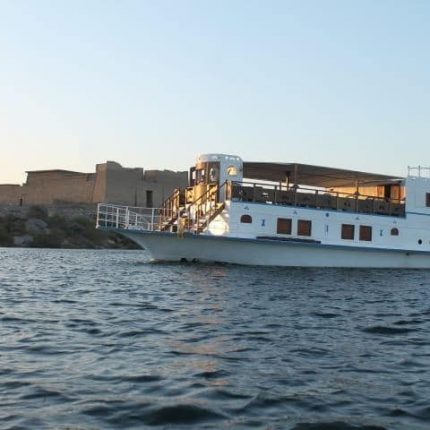


Reviews
There are no reviews yet.